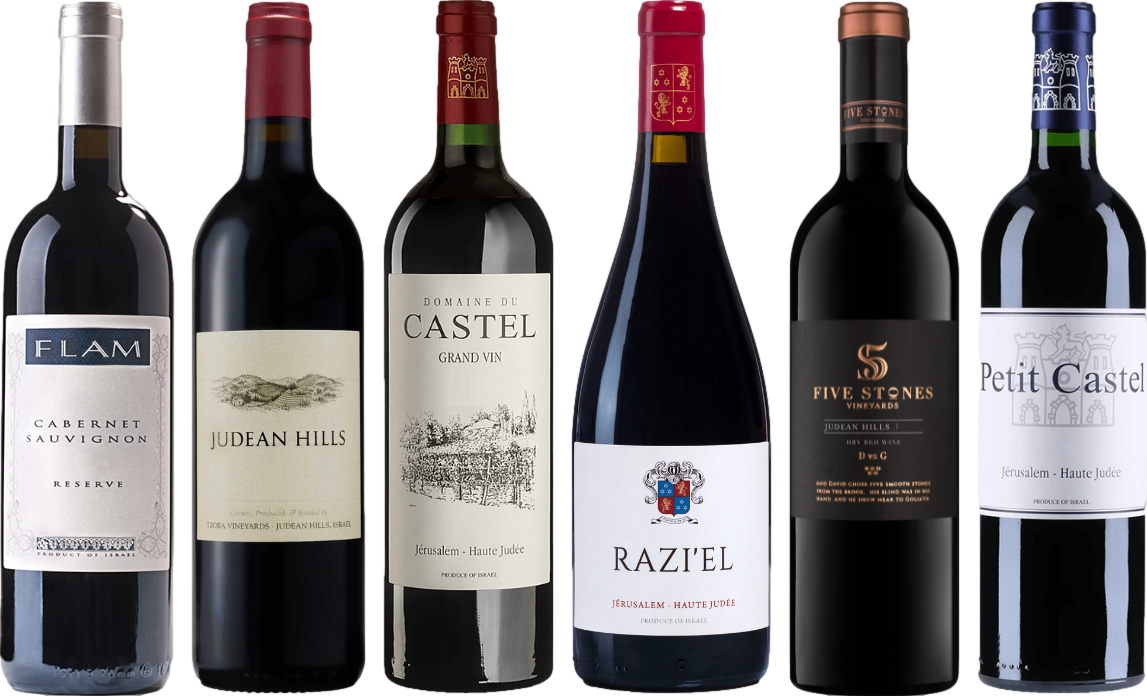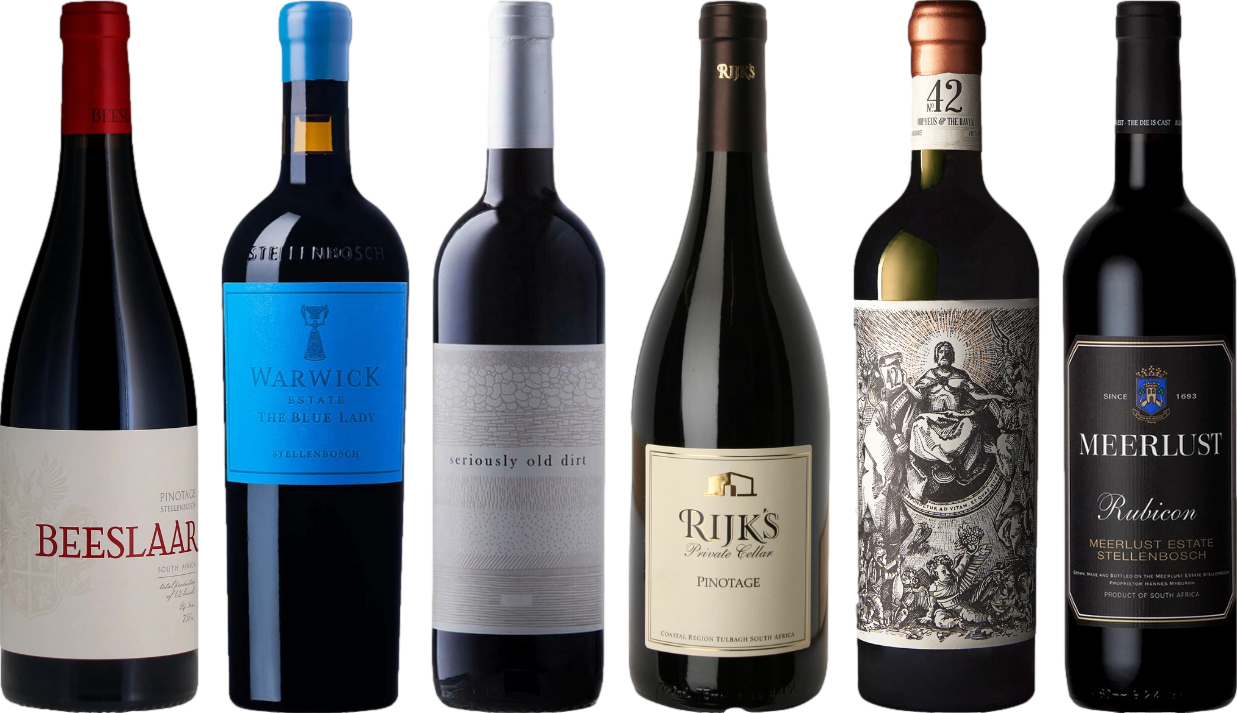



To maintain the best flavor profile and quality, it’s crucial to know that this particular grape-based drink doesn’t freeze easily. With an alcohol content typically ranging from 12% to 15%, the freezing point is significantly lower than that of water. Generally, it requires temperatures around -6 to -10 degrees Celsius (20 to 14 degrees Fahrenheit) to solidify.
If you decide to chill your bottle in the freezer, be cautious. Leaving it for too long can lead to unwanted consequences, like a broken bottle or a mess to clean. Instead, aim for a quick chill in an ice bath or a refrigerator for a couple of hours to enjoy it at its optimal temperature without risking damage.
When serving, consider the ideal serving temperature. For instance, a slight chill enhances the tasting experience, revealing the complexities of flavors. Aim for around 12 to 16 degrees Celsius (54 to 61 degrees Fahrenheit) for the best results. Avoid serving it too cold, as this can mute the aromas and subtleties that make it special.
Freezing Point of Dark Fermented Beverages
Typically, beverages made from dark grapes will not solidify at standard freezing temperatures due to their alcohol content. The average freezing point of these drinks is around 15°F (-9°C), which is significantly lower than that of water. This means that if you place a bottle in a conventional freezer, it may not fully solidify but can become slushy.
Tips for Preservation
To maintain optimal flavor and texture, avoid storing these beverages in a freezer for extended periods. If you want to chill them quickly, consider using an ice bucket with water and ice instead. This method allows for rapid cooling without risking the integrity of the drink.
Effects of Low Temperatures
When subjected to extreme cold, the flavors and aromas may be muted or altered, impacting the overall tasting experience. If you accidentally freeze a bottle, allow it to thaw slowly in the refrigerator before serving to help restore some of its original characteristics.
Freezing Point of Red Wine Explained
The freezing point of this fermented grape beverage typically falls between 15°F and 25°F (-9°C to -4°C), depending on the alcohol content and residual sugars. To avoid unwanted changes in flavor and texture, it’s best to keep it above these temperatures.
Here are some key factors influencing the freezing point:
- Alcohol Content: Higher alcohol levels lower the freezing point. For instance, a full-bodied variety with 14% alcohol may freeze at around 25°F, while a sweeter option may have an even lower freezing point.
- Residual Sugar: Sweet varieties with higher sugar content will have a lower freezing point compared to dry ones.
- Acidity and Tannins: These components can also slightly affect the freezing point, though their influence is generally less significant than that of alcohol and sugar.
To safeguard your investment and ensure optimal taste, always store bottles in a temperature-controlled environment, ideally between 50°F and 65°F (10°C to 18°C). If you need to chill quickly, use an ice bucket with water and ice, avoiding direct contact with extreme cold.
In case of accidental freezing, allow the bottle to thaw slowly in the refrigerator before consuming. Rapid temperature changes can adversely affect the bouquet and flavor profile.
Factors Influencing the Solidification of Red Varietals
Several elements determine whether these beverages will reach a solid state in chilled conditions. The primary factors include:
- Alcohol Content: Higher alcohol levels lower the freezing temperature. Typically, beverages with an alcohol percentage above 12-15% resist solidification more effectively.
- Sugar Concentration: Sweetness can also affect the freezing point. The presence of residual sugars increases the likelihood that the liquid will remain in a fluid state longer.
- Acidity: The acidity level impacts the overall composition. More acidic varieties may not solidify as easily, preserving their liquid form.
- Additional Ingredients: Any added compounds, such as flavorings or preservatives, can alter the freezing characteristics. Always check for inclusions that might influence behavior in cold temperatures.
- Container Material: The type of vessel can affect temperature retention. A thicker glass may insulate better than a thin one, impacting the cooling efficiency.
Understanding these factors can help in managing storage and serving conditions, ensuring that the desired characteristics of the beverage are maintained. For optimal enjoyment, always consider these elements when chilling before serving.
How to Properly Freeze Red Wine
To effectively preserve your favorite beverage, follow these steps:
First, choose a suitable container. Silicone ice cube trays or plastic containers designed for freezing are ideal. Glass bottles can break under low temperatures, so avoid them.
Next, pour the liquid into the selected container, leaving some space at the top. This allows for expansion during the freezing process, preventing spills.
Label the container with the date and type of beverage. This helps track how long it has been frozen and ensures you know what to expect when you defrost it.
Place the container in the coldest part of your freezer. This ensures a consistent temperature, aiding the freezing process.
For optimal results, avoid keeping it frozen for extended periods. It’s best to use the contents within six months to maintain flavor integrity.
| Step | Action |
|---|---|
| 1 | Choose a suitable container. |
| 2 | Pour the liquid, leaving space for expansion. |
| 3 | Label the container with date and type. |
| 4 | Place in the coldest section of the freezer. |
| 5 | Avoid extended freezing; use within six months. |
When ready to use, thaw the container in the refrigerator, not at room temperature. This gradual thawing preserves taste better. Once defrosted, use it for cooking or as a base for sauces, as the flavor may change.
Effects of Freezing on Quality
Freezing a bottle of this beverage can lead to significant alterations in taste and texture. When subjected to low temperatures, the liquid undergoes expansion, potentially breaking the bottle and leading to loss. If the bottle survives, the flavor profile may shift dramatically.
Anthocyanins, responsible for the color, and tannins, which contribute to mouthfeel, are sensitive to temperature changes. Freezing can cause these compounds to precipitate, resulting in a less vibrant appearance and a flat taste. The delicate balance of acidity and sweetness may also be disrupted.
After thawing, the beverage often exhibits a watery texture due to the separation of water and alcohol. This can lead to a diminished experience, as the intended complexity and depth are compromised. To maintain integrity, always store this drink at optimal temperatures and avoid freezing altogether.
Thawing Techniques for Optimal Flavor
To restore your frozen beverage to its best condition, place the bottle upright in the refrigerator for about 24 hours. This gradual process allows the liquid to return to its original state without drastic temperature changes that can compromise flavor.
For a quicker option, submerge the bottle in a basin of cool water. Change the water every 10-15 minutes to maintain a steady temperature. This method generally takes 1-2 hours, ensuring a more uniform thaw.
Avoid using a microwave or direct heat sources, as they can alter the structure of the liquid and negatively impact taste. Additionally, never refreeze after thawing, as this can further degrade quality.
Once thawed, gently swirl the bottle to mix any sediment that may have settled. This practice helps restore balance and enhances the overall drinking experience.
For those who prefer their beverage chilled, consider placing the bottle in an ice bath for about 30 minutes after thawing. This won’t interfere with its quality while providing a refreshing temperature.
Keep in mind that the characteristics may differ slightly from the original, so approach with an open mind and enjoy the unique profile that emerges post-thaw.
Alternatives to Preserving Wine
Instead of putting your favorite bottle in the freezer, consider these practical methods to maintain its quality and flavors. Vacuum sealing is an excellent way to remove air from the bottle, significantly slowing oxidation. You can use a vacuum pump and specialized stoppers for this purpose. This method is effective for short-term storage.
Another approach is using wine preservation systems that dispense gas, like argon or nitrogen, to create an inert atmosphere in the bottle. These gases displace oxygen, preventing spoilage and allowing you to enjoy your selection over a longer period without compromising taste.
Refrigeration
For short-term preservation, simply placing the opened bottle in the refrigerator can help maintain its integrity. This cooler environment slows down the oxidation process. Make sure to seal the bottle tightly with a cork or a stopper designed for wine.
Cooking Applications
If you’re looking for creative ways to use leftover liquid, consider cooking with it. Incorporating it into sauces or marin marinades enhances dishes, adding depth and complexity. For instance, you can use it to elevate a simple baked potato. Check out this resource on how to cook a baked potato quickly for inspiration.
FAQ:
Can red wine freeze in a regular home freezer?
Yes, red wine can freeze in a regular home freezer, but it doesn’t freeze in the same way that water does. Most red wines have an alcohol content of around 12-15%, which lowers the freezing point. While the exact temperature at which red wine will freeze depends on its alcohol content and sugar levels, it typically requires temperatures below 20°F (-6°C) to freeze solid. If red wine is left in the freezer for an extended period, it can become slushy or partially frozen, affecting its flavor and texture when thawed.
What happens to red wine if it freezes?
If red wine freezes, it can undergo some changes that may impact its quality. The expansion of liquid as it freezes can cause the cork to push out or even break the bottle, leading to spills. Additionally, freezing can alter the wine’s flavor profile, texture, and aroma. When thawed, the wine may not taste as balanced as it did before freezing, and sediment may form in the bottle. For the best experience, it’s advisable to store red wine at appropriate temperatures rather than freezing it.










